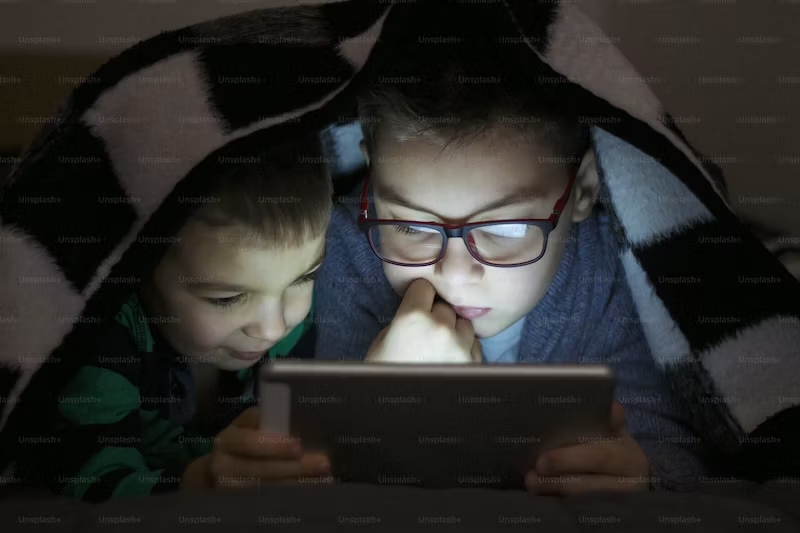Introduction
Safeguarding the long-term eye health of our children is important, and one crucial aspect is protecting their eyes from the harmful effects of ultraviolet (UV) rays. Although we typically associate UV protection with sunscreen, it is equally vital to ensure that our children’s eyes receive proper shielding from these rays. In this article, we will explore the scientific aspects of UV protection in glasses designed for kids. We will delve into their functioning and elucidate their significance. By the end of this read, you will possess a comprehensive understanding of UV protection and be empowered to make informed decisions when selecting the most suitable glasses for your child.
Understanding the Dangers of UV Rays
Excessive exposure to UV rays can cause various health issues, including sunburn, premature aging, and an increased risk of skin cancer. However, it is not only our skin that is at risk but also our eyes. Prolonged exposure to UV rays without proper protection can lead to eye conditions such as cataracts, macular degeneration, and photokeratitis (sunburn of the eyes).
The Importance of UV Protection for Kids
UV Protection and Long-Term Eye Health
Shielding our children’s eyes from UV rays is extremely essential because their eyes are more susceptible and sensitive to damage than normal adults. Research suggests that nearly 80% of a person’s lifetime exposure to UV radiation occurs before the age of 18. Therefore, providing adequate UV protection during childhood significantly reduces the risk of developing eye problems later in life.
Vulnerability of Children’s Eyes to UV Damage
Children’s eyes are still developing, and their lenses are more transparent than those of adults. This transparency allows a larger amount of harmful UV rays to penetrate their eyes, reaching the delicate tissues at the back of the eye. Without proper protection, children are more vulnerable to the long-term effects of UV radiation.
How Do Kids’ Glasses Provide UV Protection?
UV-Blocking Lens Materials
One of the key components of UV protection in toddlers’ glasses is the lens material. High-quality kids’ glasses are made using lens materials that have built-in UV-blocking properties. Polycarbonate and Trivex are popular choices for children’s glasses due to their inherent ability to block a significant portion of UV rays.
Lens Coatings and Filters
In addition to the lens material, specific coatings and filters can be applied to enhance the UV protection of kids’ glasses. Anti-reflective coatings help to reduce glare and improve visual clarity while also blocking a portion of UV rays. Additionally, some lenses may have a built-in UV filter that further blocks harmful UV radiation.
Choosing the Right UV Protection Level
When selecting the right glasses for your kids, it is crucial to consider the level of UV protection they provide. Look for glasses that offer 100% UV protection, blocking both UVA and UVB rays. Opting for sunglasses with a high Eye-Sun Protection Factor (E-SPF) rating ensures maximum UV protection for your child’s eyes.
Conclusion
Understanding the science behind UV protection in kids’ glasses is essential for safeguarding our children’s eyes from the harmful rays of the sun. By choosing high-quality UV lens glasses with adequate blocking properties, we can minimize the long-term risks of UV radiation. Remember to consider factors such as UV protection level, lens durability, comfort, and style when selecting glasses for your child. Prioritizing UV protection from an early age will set the foundation for their eye health and well-being in the future.

